Who was Nicolaus Copernicus? Discover how Nicolaus Copernicus revolutionized our understanding of the cosmos, laying the foundation for modern astronomy and scientific inquiry.
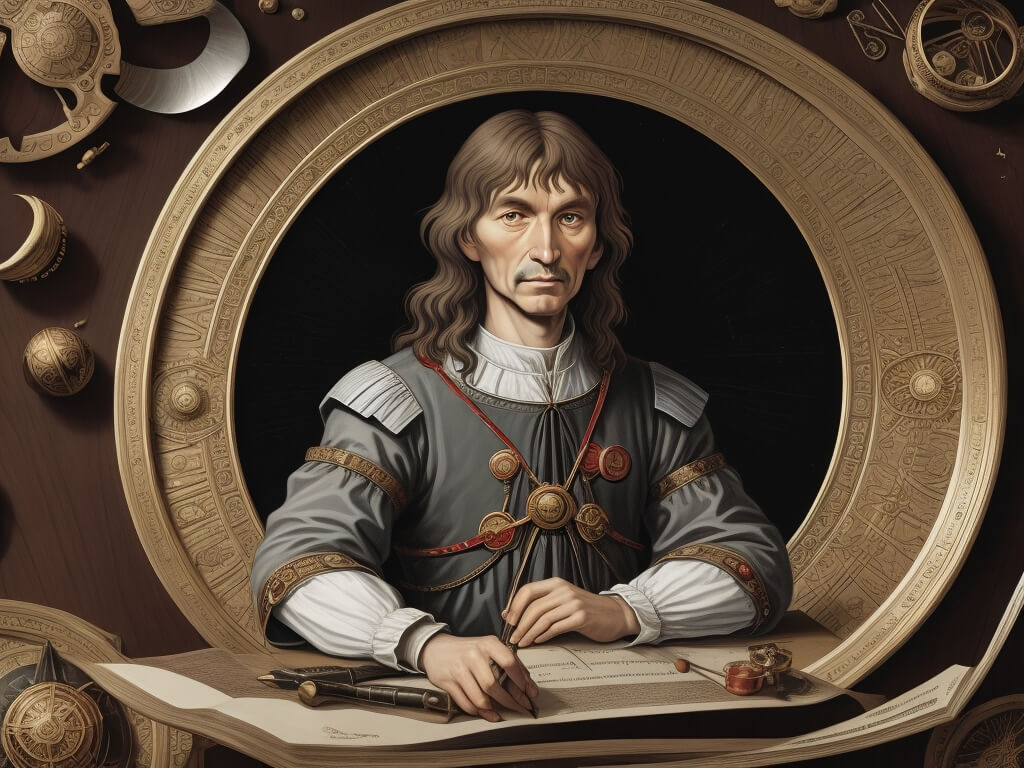
Nicolaus Copernicus is regarded as one of the most significant figures of the Renaissance era, and his scientific discoveries have paved the way for modern astronomy. The life and works of Copernicus revolutionized our understanding of the cosmos and reshaped the course of scientific thought. In this essay, we will delve into the life, accomplishments, and enduring legacy of this remarkable astronomer.
Early Life and Education
Nicolaus Copernicus was born on February 19, 1473, in the town of Toruń, which is now part of modern-day Poland. He came from a family of merchants, and his father, also named Nicolaus, played a significant role in local politics and served as a magistrate.
Copernicus received a solid education, which was essential for his later accomplishments. He initially studied at the University of Kraków, where he focused on a wide range of subjects, including mathematics, astronomy, and the humanities. His education also took him to universities in Italy, where he had the opportunity to study under some of the most prominent scholars of his time.
It was during his formative years that Copernicus first displayed a keen interest in the heavens. He studied the works of ancient astronomers, including Ptolemy and Aristotle, and began to question the geocentric model of the universe that was widely accepted during his era. This early fascination with the cosmos laid the foundation for his groundbreaking contributions to astronomy, including his revolutionary heliocentric model.
Copernicus’s education and early scientific interests would go on to shape his life’s work, ultimately leading to one of the most significant paradigm shifts in the history of science.
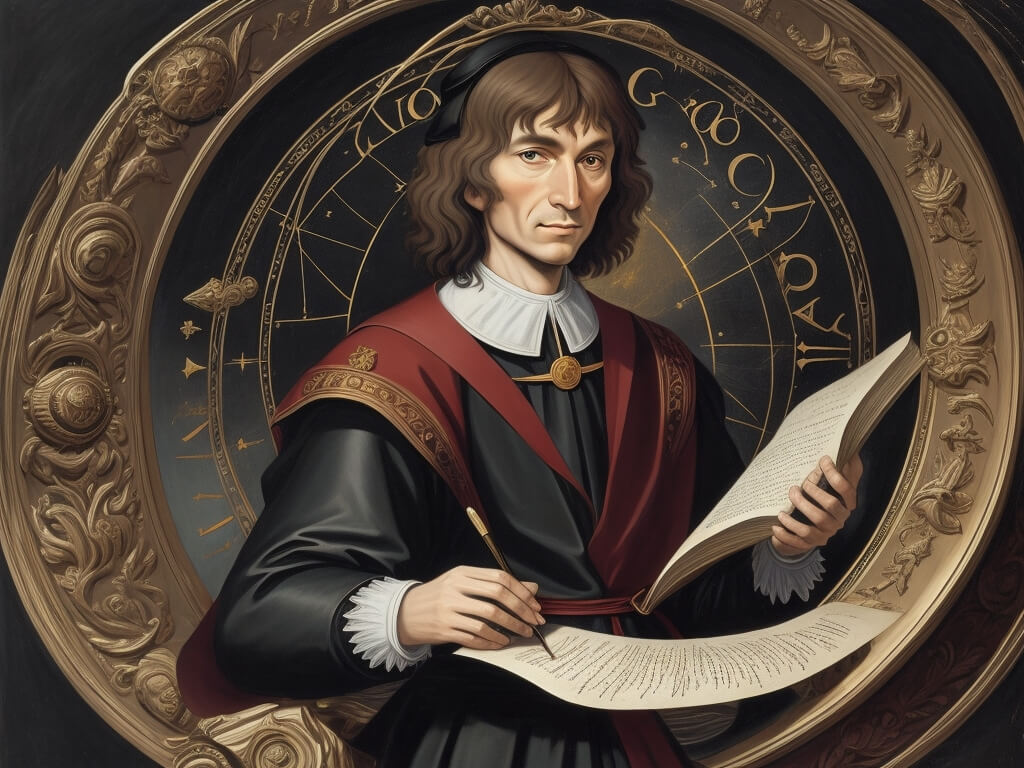
Copernicus’s Astronomical Discoveries
Nicolaus Copernicus is best known for his groundbreaking contributions to the field of astronomy. His work laid the foundation for a new understanding of the cosmos and revolutionized our view of the universe.
The Foundations of the Heliocentric Model
One of Copernicus’s most significant contributions was the development of the heliocentric model of the solar system. Prior to his work, the prevailing belief, based on the teachings of ancient astronomers like Ptolemy, held that the Earth was at the center of the universe, with celestial bodies orbiting around it. Copernicus, through a combination of observations and mathematical calculations, proposed an alternative view. He theorized that the Sun, not the Earth, was at the center of the solar system, with the planets, including Earth, orbiting around it. This heliocentric model challenged established beliefs and marked a profound shift in our understanding of the cosmos.
The Sun-Centered Universe Theory
Copernicus’s heliocentric theory, which he first outlined in his work “De Revolutionibus Orbium Coelestium” (On the Revolutions of the Celestial Spheres), introduced a new perspective on the universe. In this model, the planets’ motions could be explained more elegantly and accurately than in the geocentric model. It not only simplified the complex system of celestial orbits but also paved the way for future astronomers to refine and expand upon his ideas.
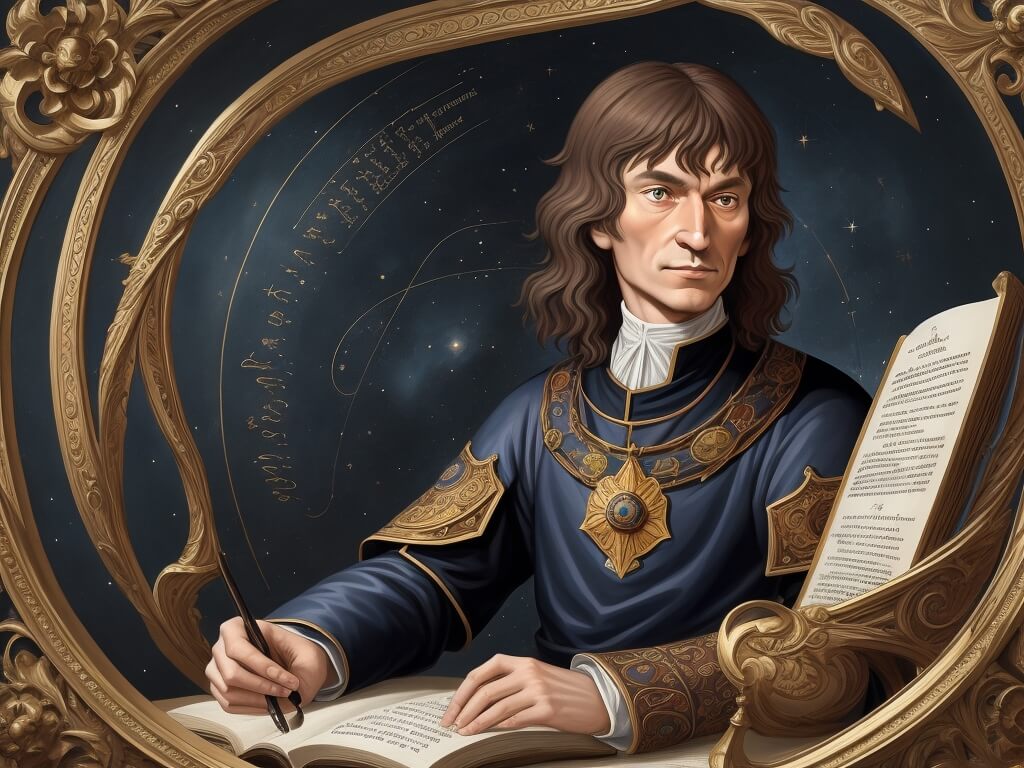
Observations and Mathematical Calculations
Copernicus’s work was not solely theoretical; he also relied on detailed observations and mathematical calculations to support his heliocentric model. He painstakingly recorded the positions of planets and stars in the night sky, and through extensive mathematical computations, he demonstrated that his model could accurately predict the positions of celestial bodies. This empirical approach, combined with his theoretical framework, added weight to his revolutionary ideas and ultimately transformed our understanding of the solar system.
Copernicus’s astronomical discoveries represented a monumental shift in scientific thought, challenging centuries-old beliefs and setting the stage for further exploration and discovery in the field of astronomy.
De Revolutionibus Orbium Coelestium
Copernicus’s Magnum Opus
Nicolaus Copernicus’s seminal work, “De Revolutionibus Orbium Coelestium” (On the Revolutions of the Celestial Spheres), is considered his magnum opus and a cornerstone of the Scientific Revolution. Published in 1543, the book marked a profound shift in our understanding of the cosmos.
Content and Impact of the Book
The book presented Copernicus’s heliocentric model of the solar system, with the Sun at the center and the planets, including Earth, revolving around it. This was a groundbreaking departure from the geocentric model that had dominated scientific thought for centuries. Copernicus meticulously detailed the orbits of the planets, offering a comprehensive mathematical framework that explained their motions more accurately than the Ptolemaic system. The text was rich with astronomical observations and calculations, providing strong empirical support for his heliocentric theory.
Impact on Contemporary Scientific Thought
“De Revolutionibus” sparked a revolution of its own in the world of science. While Copernicus’s model initially faced resistance and skepticism, it fundamentally altered the course of scientific thinking. It challenged established dogma, encouraged further astronomical exploration, and set the stage for the works of later astronomers like Johannes Kepler and Galileo Galilei. It laid the foundation for the eventual acceptance of the heliocentric model and led to a complete reevaluation of humanity’s place in the universe.
Copernicus’s book wasn’t just a scientific milestone; it was a catalyst for the Scientific Revolution, which would transform the way people thought about the natural world. His “De Revolutionibus Orbium Coelestium” remains one of the most influential and enduring works in the history of science.
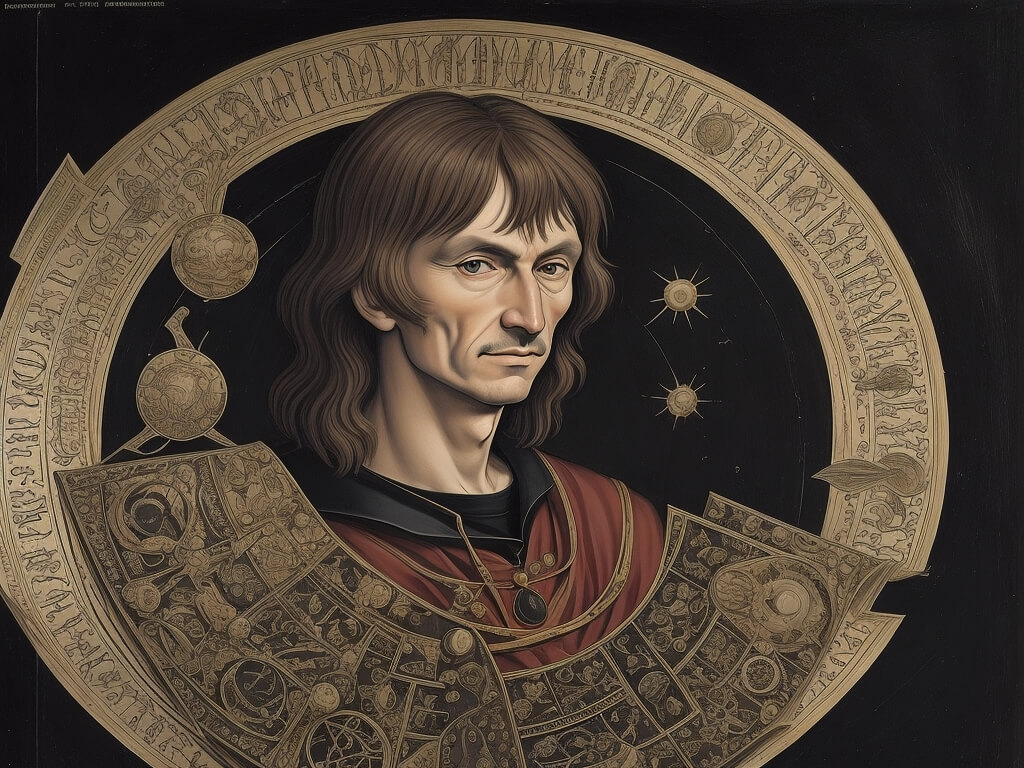
The Roman Catholic Church and Controversies
Copernicus’s Theories and their Relationship with the Church
Nicolaus Copernicus’s heliocentric model of the solar system posed a challenge to the geocentric model that had long been endorsed by the Roman Catholic Church. The Church’s teachings, heavily influenced by the Ptolemaic model, placed Earth at the center of the universe. Copernicus’s heliocentric theory directly contradicted this geocentric worldview. Although Copernicus himself was a devout Catholic, his revolutionary ideas raised concerns within the Church hierarchy, and his work was met with skepticism.
Obstacles and Criticisms in Publishing his Works
Despite the Church’s reservations, Copernicus was determined to share his heliocentric model with the world. He spent several years perfecting his work and, in 1543, “De Revolutionibus Orbium Coelestium” was published. However, Copernicus, aware of potential backlash, included a preface that sought to downplay the theological implications of his model. Nevertheless, the book faced criticism and opposition from some religious figures who saw it as challenging the Church’s authority and teachings.
Connection with Galileo Galilei
While Copernicus’s work sowed the seeds of the heliocentric model, it was Galileo Galilei who faced more direct conflict with the Roman Catholic Church. Galileo’s telescopic observations provided further evidence in support of the heliocentric theory, and his outspoken advocacy led to his infamous clash with the Inquisition. The Church ultimately placed Copernicus’s work on the Index of Forbidden Books, but over time, attitudes softened. Galileo’s support of the heliocentric model faced a more dramatic and direct confrontation with the Church’s authorities.
The relationship between Nicolaus Copernicus, the Roman Catholic Church, and the subsequent debates and controversies is a complex chapter in the history of science and religion. It reflects the tension between established dogma and the pursuit of scientific truth during a time of profound intellectual change.
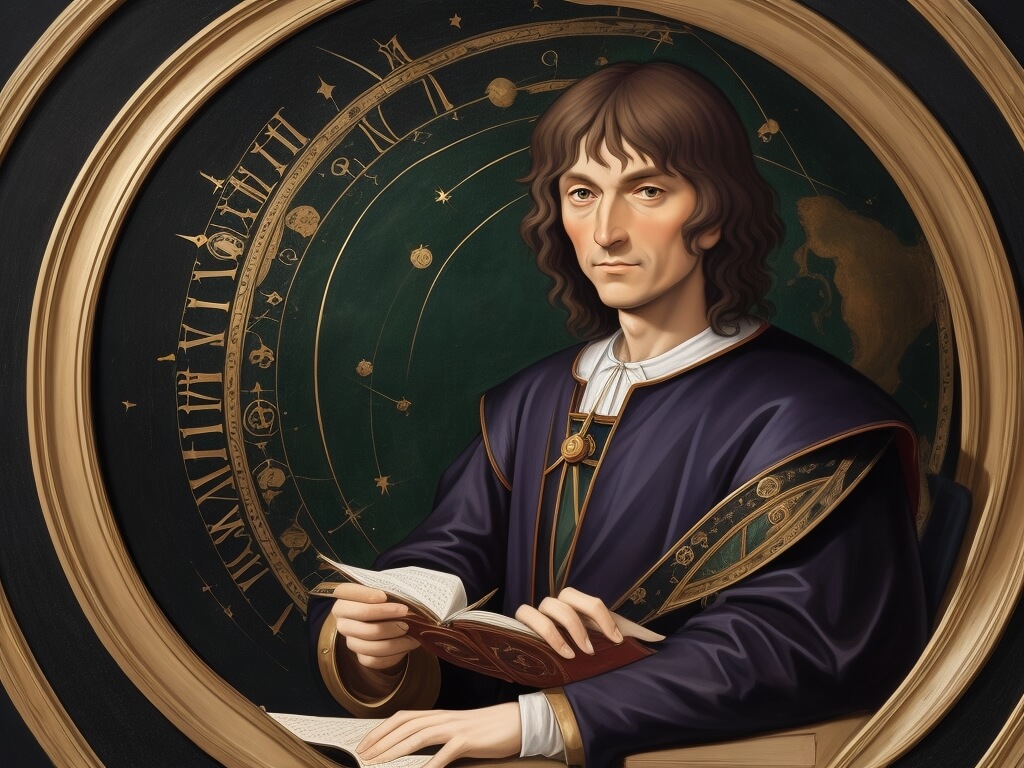
Copernicus’s Later Years and Legacy
Retirement and Death
In his later years, Nicolaus Copernicus withdrew from active scientific pursuits and spent time in his hometown of Frombork, Poland. He held various positions, including that of a physician, and focused on his administrative duties. It was during this time that he continued to refine his heliocentric model and made final revisions to his masterwork, “De Revolutionibus Orbium Coelestium.” Copernicus passed away on May 24, 1543, in Frombork.
Scientific Legacy and Influence
Copernicus’s legacy in the world of science is immeasurable. His heliocentric model marked a pivotal moment in the history of astronomy and science as a whole. While his work faced initial resistance and skepticism, it laid the foundation for future astronomers to build upon. Johannes Kepler, for instance, used Copernicus’s model and improved upon it, eventually formulating his laws of planetary motion.
Copernicus’s theory not only revolutionized our understanding of the cosmos but also paved the way for the eventual acceptance of the heliocentric model. His meticulous observations and mathematical calculations set a standard for scientific rigor, emphasizing the importance of empirical evidence in shaping our understanding of the universe.
Impact on Future Generations
Nicolaus Copernicus’s impact extended far beyond his own time. His ideas challenged the prevailing dogma and encouraged future scientists to question established beliefs. Galileo Galilei, who lived a few decades after Copernicus, faced the Roman Catholic Church’s opposition to his support of the heliocentric model, but he continued to advocate for the scientific method and empirical inquiry.
Copernicus’s work represents a turning point in the history of science, marking the transition from ancient geocentric models to the modern heliocentric view of the universe. His dedication to empirical research and his courage to challenge the status quo have inspired countless scientists in the centuries that followed. Copernicus’s legacy endures as a testament to the power of scientific inquiry and the pursuit of truth.
Copernicus’s Role in the Scientific Revolution
Nicolaus Copernicus stands as a pivotal figure in the Scientific Revolution of the 16th century. His bold departure from the geocentric model, which had dominated scientific thought for centuries, ushered in a new era of understanding the cosmos. By introducing the heliocentric model, Copernicus challenged the established beliefs of his time and paved the way for a more accurate and comprehensive view of the solar system.
Copernicus’s work exemplifies the spirit of inquiry and the courage to challenge prevailing dogma. His dedication to empirical observation and mathematical rigor set a standard for scientific methodology, emphasizing the importance of evidence-based research.
His Legacy and Contributions to Astronomy
Nicolaus Copernicus’s legacy in the field of astronomy is profound. His heliocentric model, as presented in “De Revolutionibus Orbium Coelestium,” laid the foundation for modern astronomy and served as the catalyst for subsequent developments in the field. Astronomers like Johannes Kepler and Galileo Galilei built upon his work, refining and further verifying the heliocentric model.
Copernicus’s contributions to the scientific world extended beyond his own lifetime, inspiring future generations of scientists to question established beliefs and pursue empirical inquiry. His revolutionary ideas ultimately reshaped our understanding of the universe, replacing the Earth-centered view with a Sun-centered one.
In conclusion, Nicolaus Copernicus’s influence on the Scientific Revolution and his enduring impact on the field of astronomy are immeasurable. His courage to challenge conventional wisdom and his commitment to empirical research continue to inspire scientists and thinkers, reminding us of the power of human curiosity and the pursuit of truth.